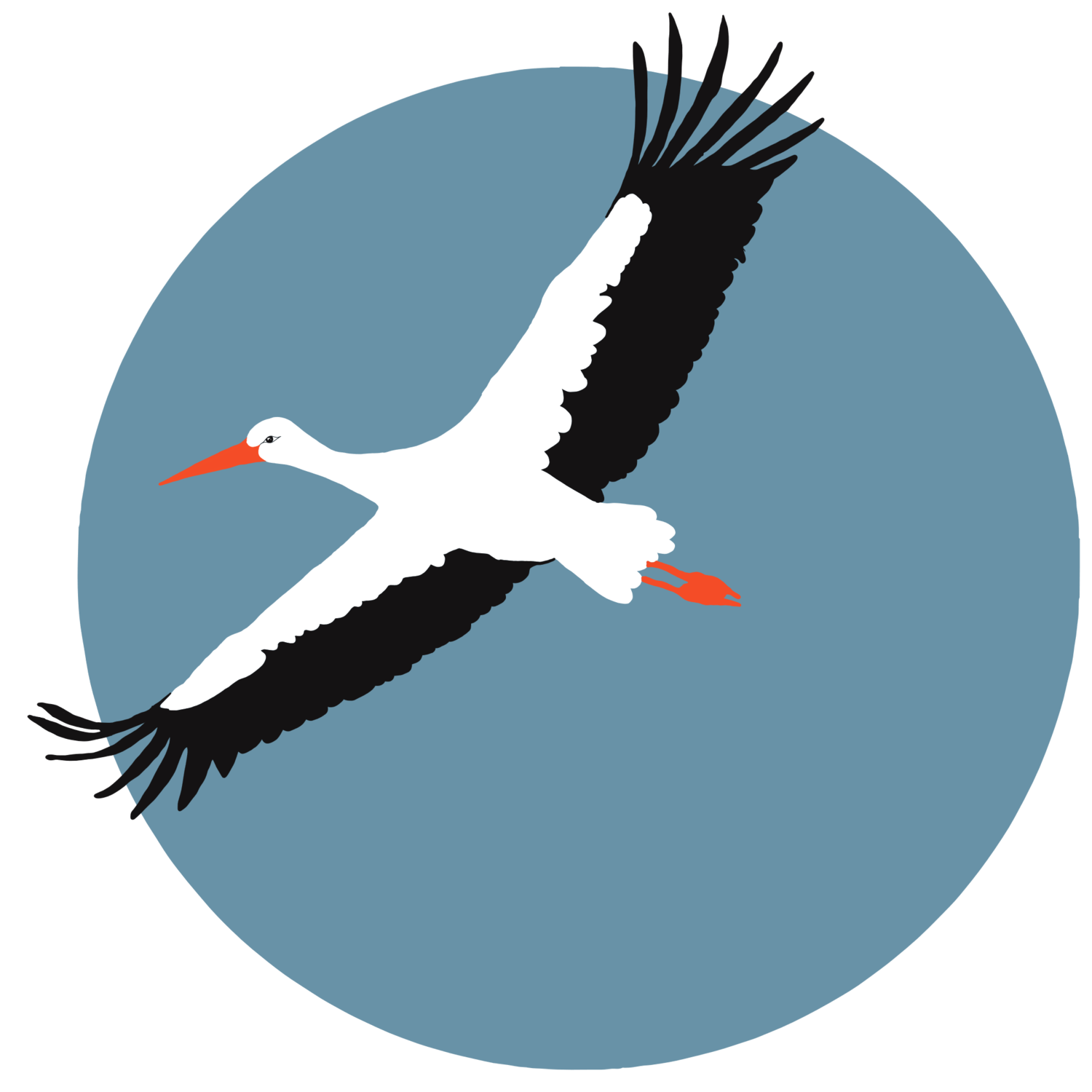Deb Burhinus
Used to be well known! 😎

So now are you saying you accept reintroducing raptors ‘won’t work because of persecution’ (after pages and pages of inane arguments, posting false accusations on the internet against the RSPB for saying exactly the same thing (despite me repeatedly asking you not to) sending me threatening private messages, and complaining about me to the mods that I was making you look stupid and causing sedition for voicing a similar argument - now here you are back agreeing with the arguments I put to you a few weeks ago? Priceless!!!Maybe so, however I still think it is a good idea because of course it is bringing something back to the UK, and even then support for other birds will never work because of persecution, which unless stopped would hamper any restoration effort for raptor birds.
Oh no ... maybe I spoke too soon. There you go again with your emotive language and hostility to the RSPB spreading libellous statements.Hen harrier (Reintroduction schemes destroyed by RSPB ...
‘hate’? Seriously, where do you get this stuff?Corncrake (Reintroductions to Nene Washes and Wensum valley caused a ton of hate among birdwatchers)
Another benefit of reintroducing large, impressive birds is they are a tourist attraction basically. for example, I already have plans to go to Mull as soon as possible.
Well as much as you like to be a tourist and watch birds of prey, as do many members of the public, this is also an argument against flagship species being used for reintroduction. Because the focus is on eg the larger mammals or Birds of Prey this tends to ignore conservation of biodiversity as a whole. The reintroduction of one species might not necessarily be appropriate for others. Your Eagle Owl arguments for example that you made as being appropriate for Thetford Forest, which ecologists would tell you, clearly is not. Obviously, there are also finite resources available for conservation and while flagship conservation attracts public support smaller mammal and bird species, particularly cryptic ones, not only are largely ignored but suffer from the diversion of funds to the flagship species.
This is a complete contradiction, unsurprisingly, of your earlier point arguing vociferously in favour of White Stork reintroduction- or were you not aware White Stork are a migratory species? Your beloved Stork at Knepp could well become a totally migratory population in time and they are already making it over the channel to France and migrating South for the winter with two having migrated to Morocco.Either way, for migratory species this gets worse. I wouldn't even attempt to reintroduce migratory species now because that introduces a very high risk of death on migration routes

News — White Stork Project
Again, it would help if you avail yourself of the facts upon which you base your arguments because emotive, bombastic hyperbole will fail to impress those you are trying to convince of your point of view (on a range of subjects), especially if it reveals a lack of even the most basic understanding of conservation and ecology.
Last edited:






